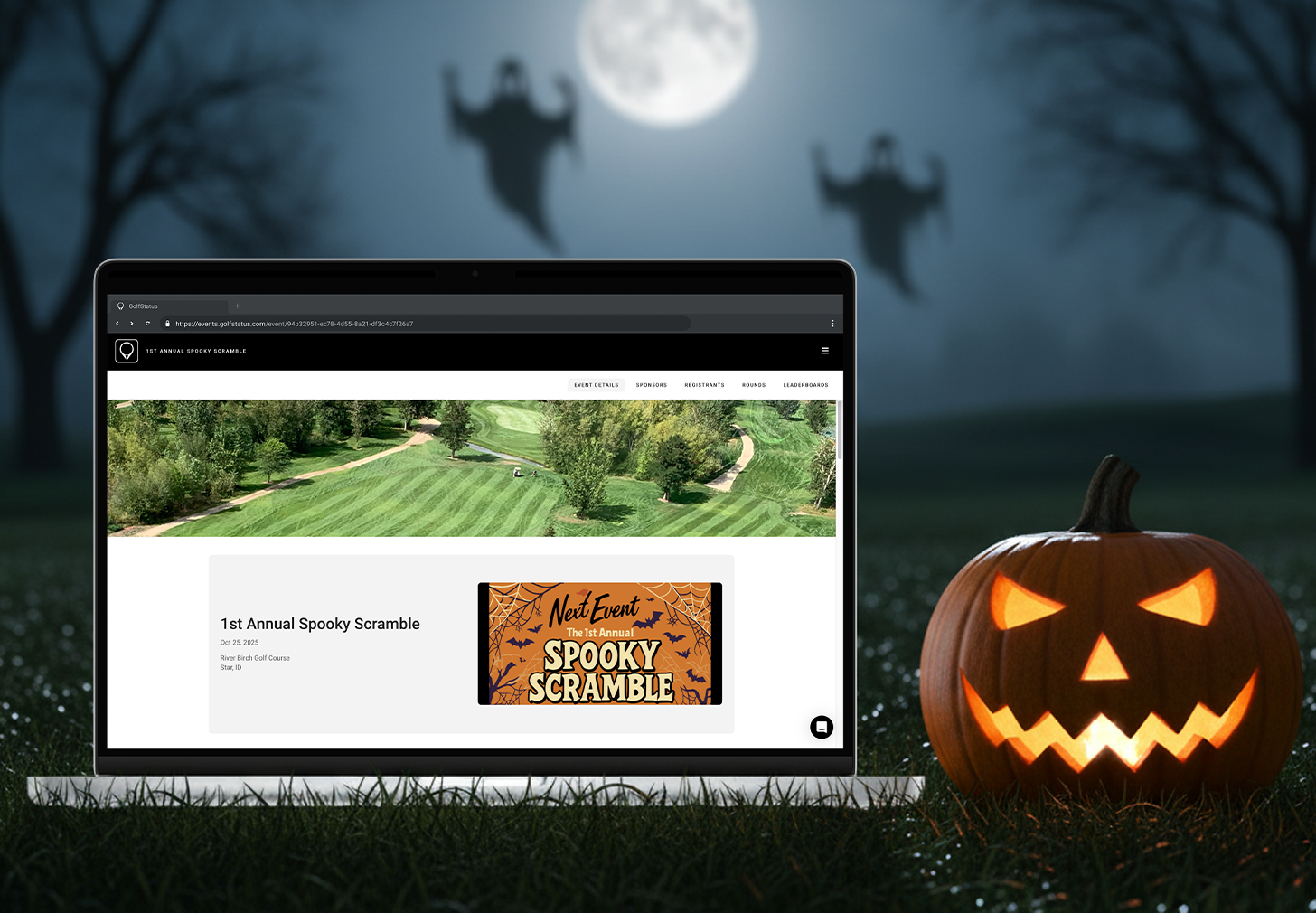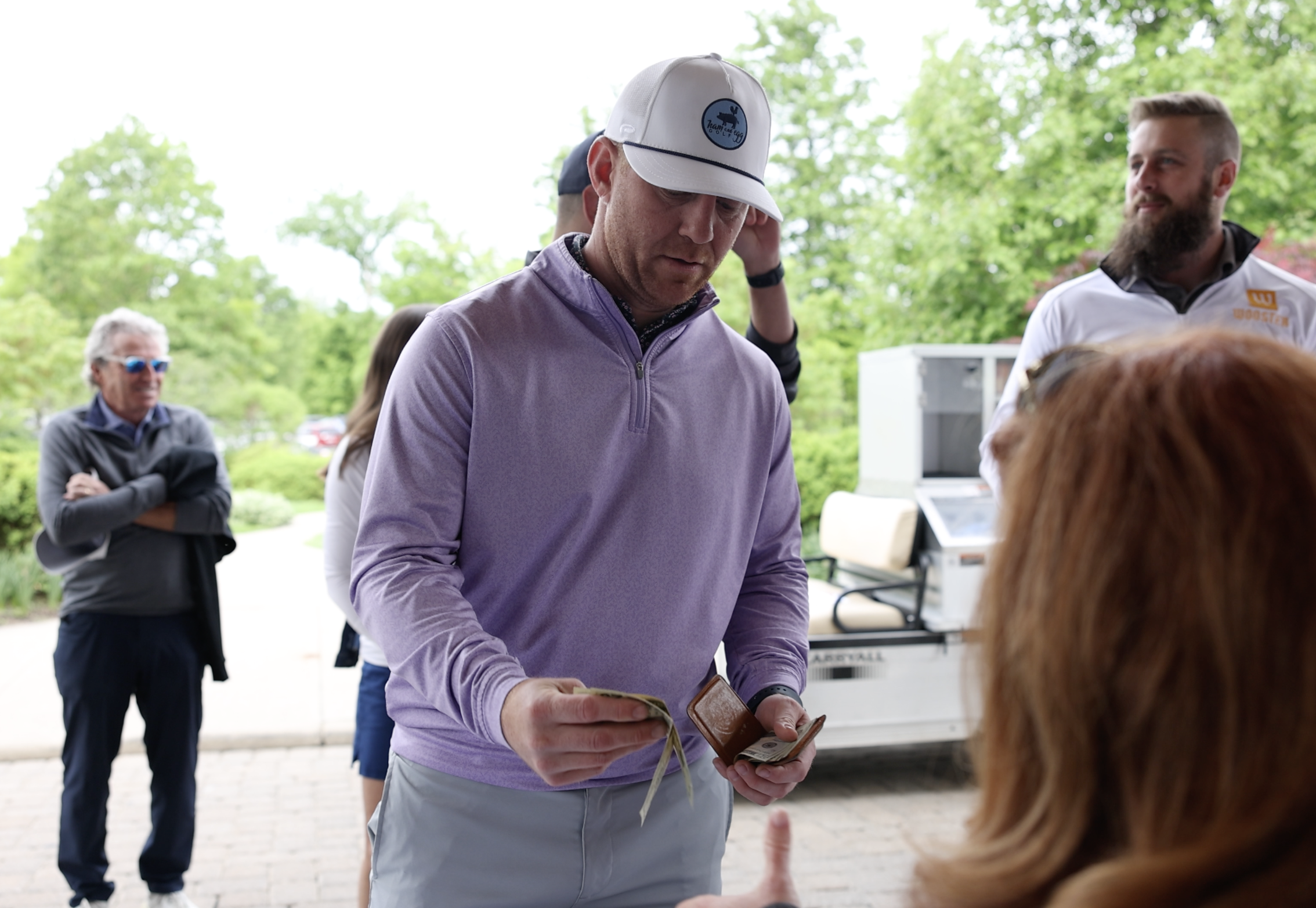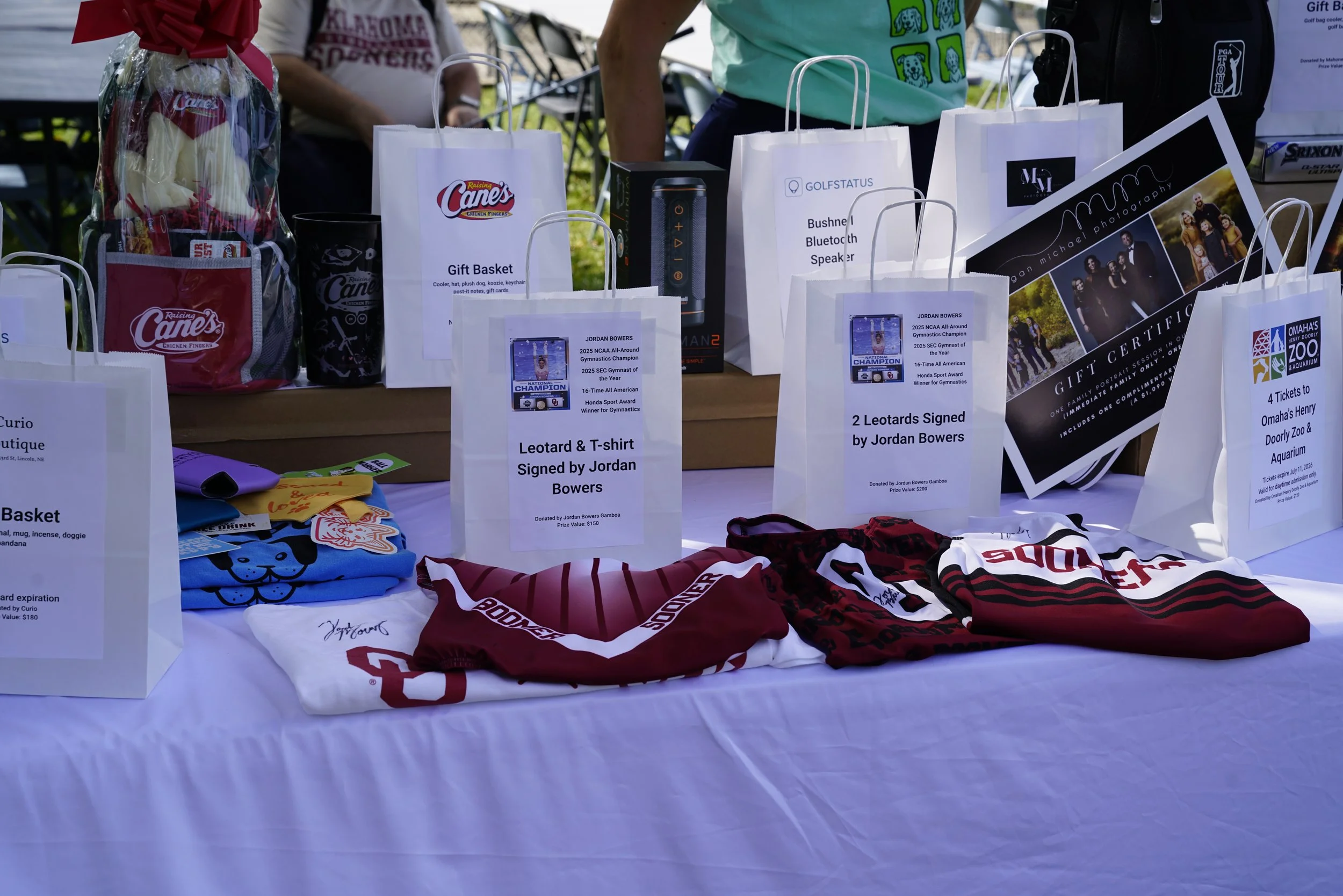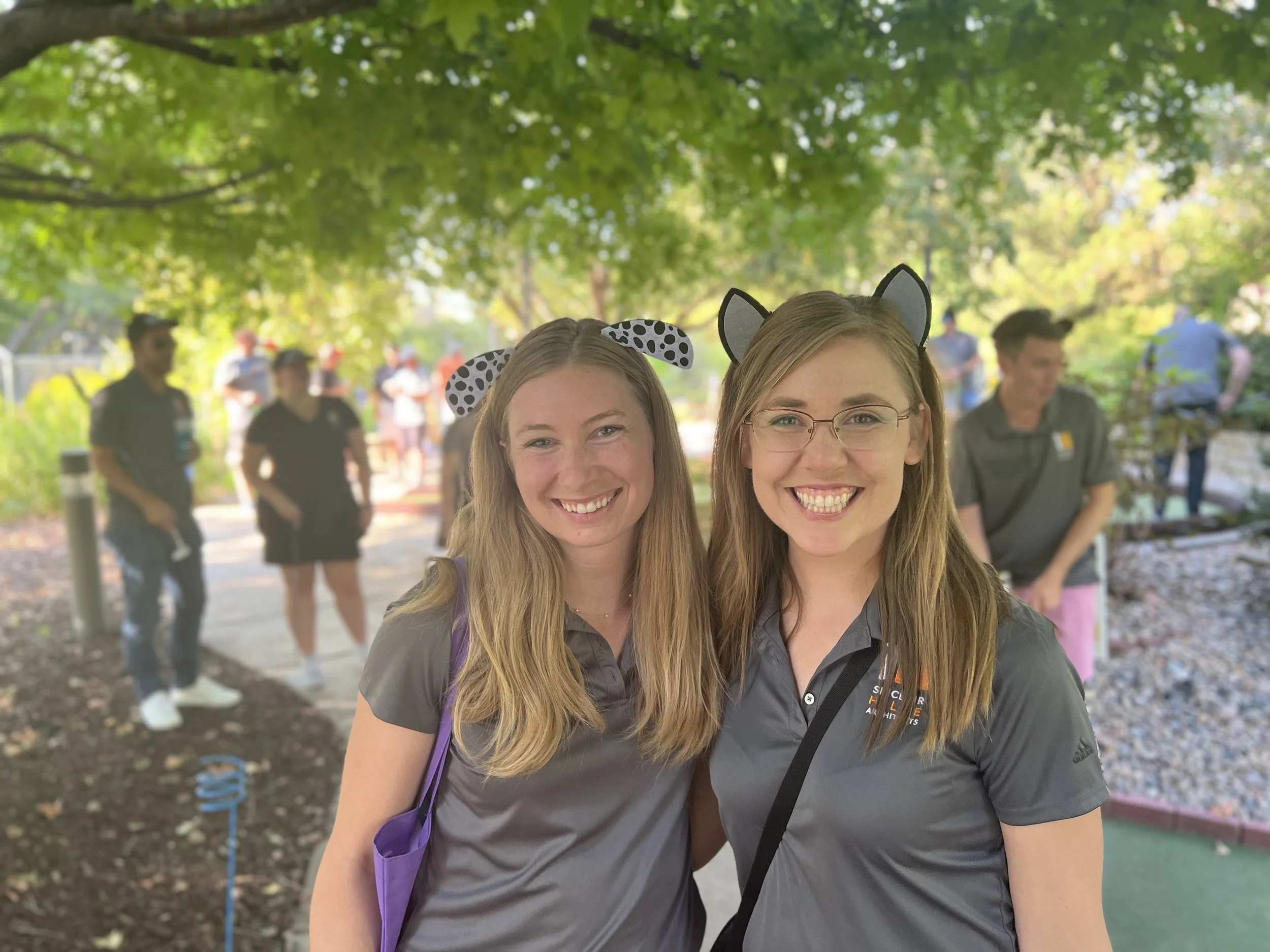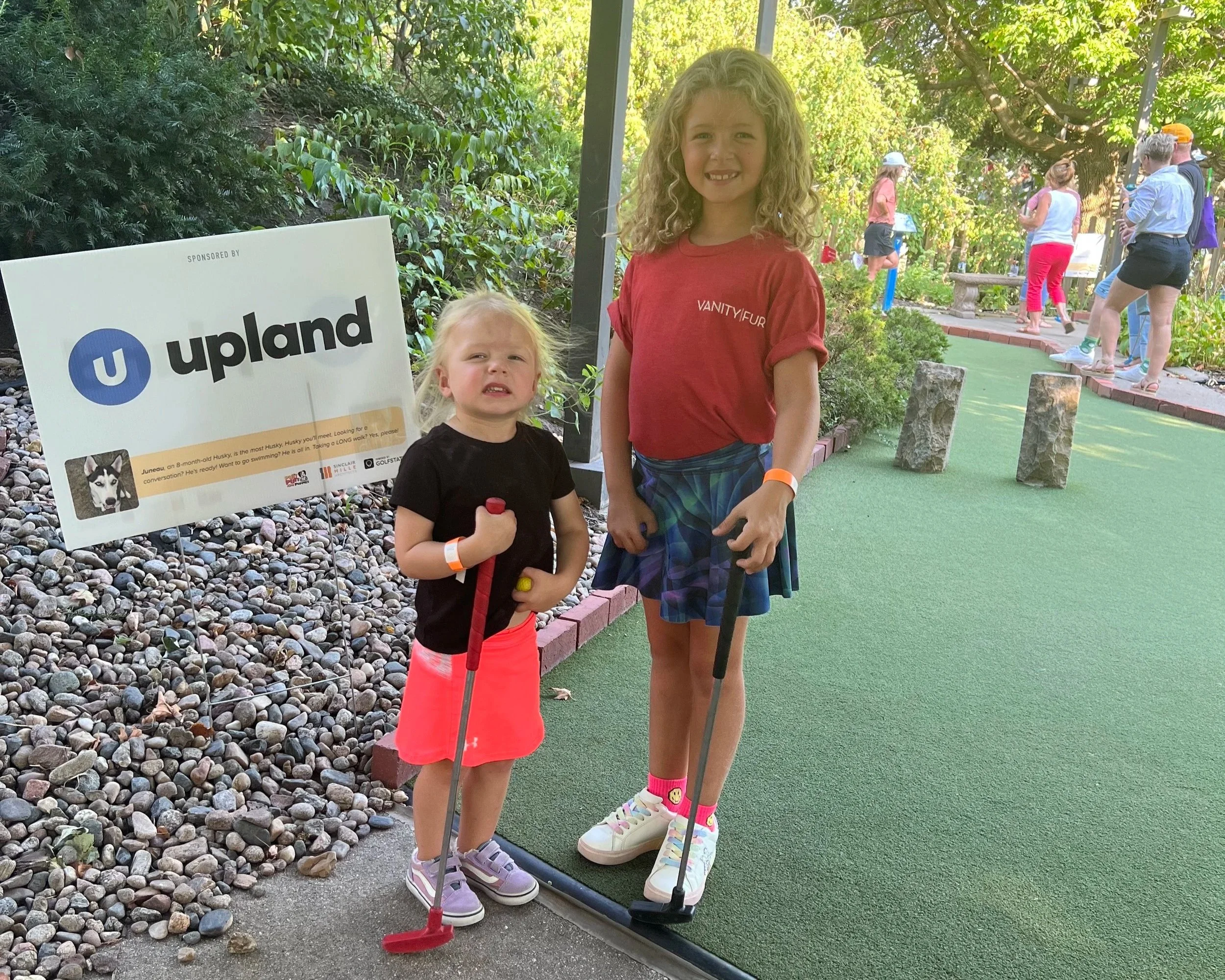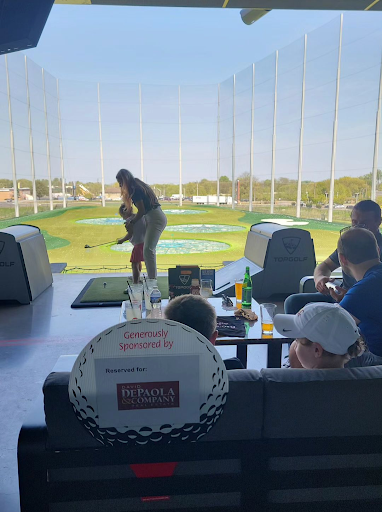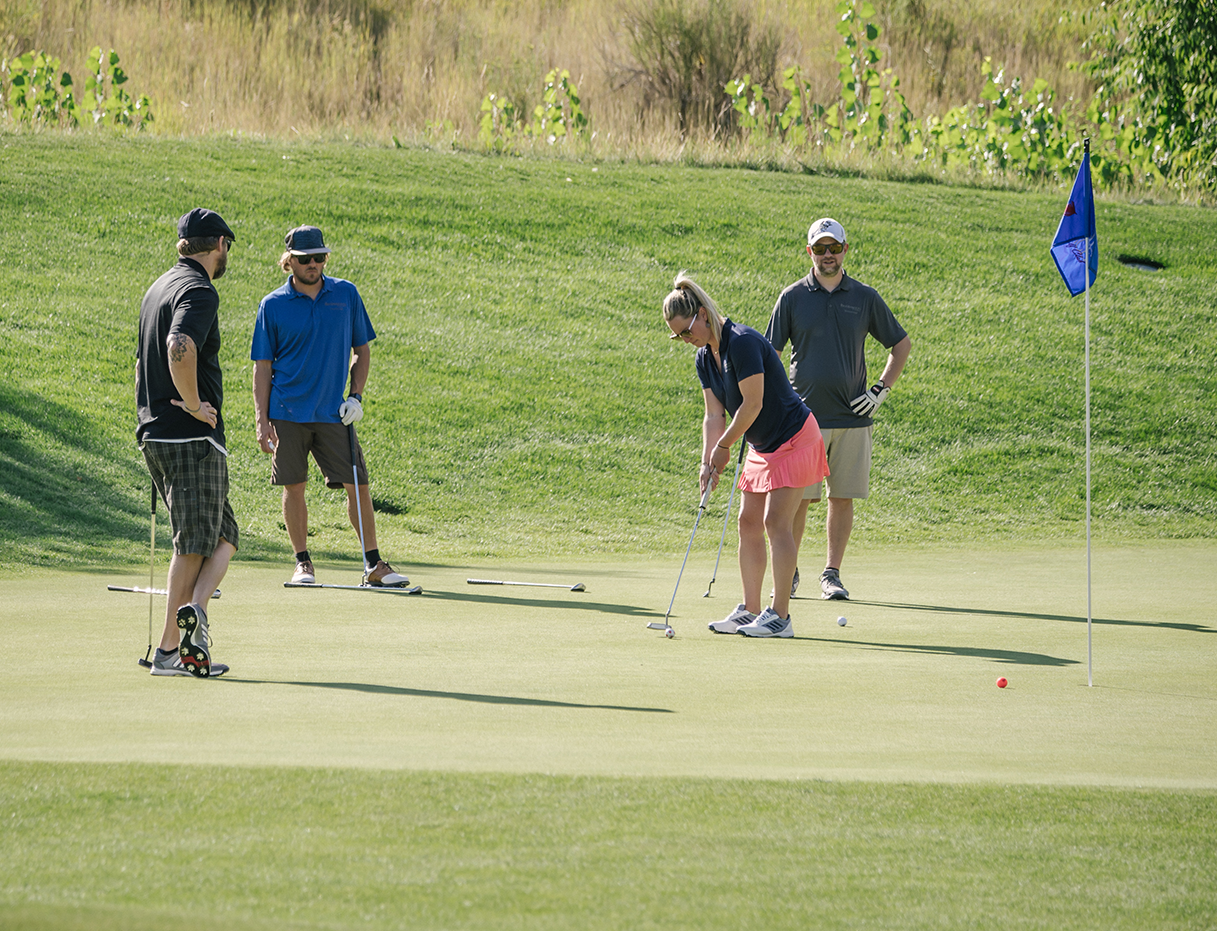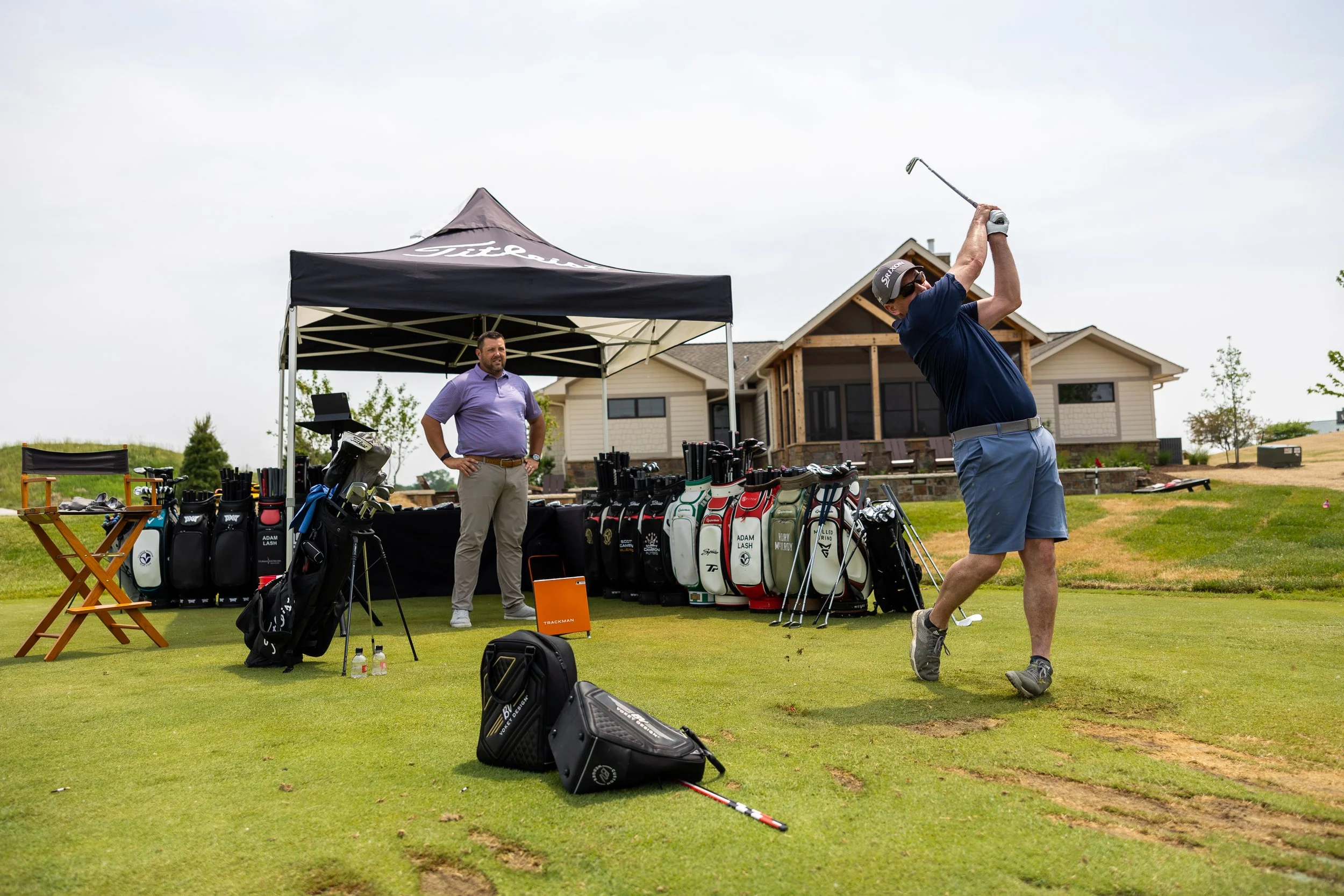by Jen Wemhoff, Communications Manager at GolfStatus
If you’ve ever thought about hosting a charity golf tournament but immediately felt overwhelmed by the idea, you’re definitely not alone. In fact, many event planners are scared of tackling a golf event because they assume it’s complicated, expensive, or requires deep knowledge of the sport.
The truth is, planning a golf tournament isn’t as scary as you might think. With the right tools, resources, and support on your side, even small teams and first-timers can pull off a successful, profitable event that their supporters love. Here’s why.
Planning a golf tournament doesn’t have to be scary!
The Right Tools Save Time & Effort
In the past, tournament organizers had nightmares about spreadsheets, paper registrations, phone calls, and handwritten scorecards. Today, technology takes care of the heavy lifting. Modern golf event management platforms streamline everything from registration to sponsorships to live scoring. Such tools automate tedious tasks so you can focus on big-picture planning.
Instead of spending countless hours creating and sending mailers, figuring out how to accept credit card payments, and trying to keep your planning team up to date, lean on tech to quickly and easily:
Set up a branded event website with online registration and secure payment processing
Build sponsorship packages and collect logos and assets
Track players, teams, and sponsors
Display live leaderboards at the golf facility and online
Automate receipts, reminders, and thank you emails
Share access with your planning team and the golf facility
All of this means you can plan and manage a golf tournament in less time. And because everything lives in one centralized, easily accessible platform, you can easily keep everyone organized and on the same page.
In short: you don’t need to be a golf pro or tech expert to be successful; you just need the right tools.
You won’t have nightmares about your golf tournament when using the right tools.
You Don’t Need Startup Funds
Many would-be event planners worry that a golf event requires significant upfront investment. But with smart planning, your tournament can pay for itself (and then some!).
Charity golf events typically see the bulk of their revenue from sponsorships rather than player fees. Sponsors are drawn to golf tournaments because they offer high visibility, engagement, and networking in a fun, relaxed atmosphere that allows them to connect with potential clients.
When building your team and sponsor packages, be sure to cover all your costs and build in additional revenue to go towards your cause. Build sponsorship packages at tiered price points that clearly outline benefits. For example:
Title Sponsor ($5,000): Event naming rights, logo on all materials, prime logo exposure on the event website home page and live leaderboards, one complimentary team
Pin Flag Sponsor ($3,000): Logo on branded pin flags on each hole, logo on event website, one complimentary team
Hole-In-One Contest Sponsor ($1,000): Logo on contest holes, opportunity to be present at the hole to engage with golfers, logo on event website
Hole Sponsor ($500): Signage at one hole, logo exposure in the live scoring app, logo on event website
Target local businesses, corporate partners, and long-time supporters to play in or sponsor the tournament, and start your outreach as early as possible. Use the funds that come in from teams and sponsorships to cover any invoices or costs as planning progresses.
On-Demand WebinaR
No Budget? No Problem! How to Launch a Golf Tournament with $0
Learn how to start a golf tournament fundraiser that not only doesn’t break the bank, but drives revenue for your mission. Get actionable tools, ideas, and strategies to help you hit the ground running.
You Don’t Have to Go It Alone
No one expects you to plan a golf tournament from scratch without any support. In fact, help is everywhere if you know where to look.
The host golf facility is a great resource for helping you choose a date and format, and handle logistics such as start time, contests, and set up. Golf facilities rely on charity golf tournaments as part of their bottom line and are there to help you be successful.
Your golf event management platform should also give you access to golf fundraising experts who know the ins and outs of golf fundraisers. They can help walk you through setting up your golf tournament website, answer questions, and coach you on sponsorships, contests, and event-day logistics.
Don’t overlook your organization’s staff, board, and volunteers. Many likely have golf experience and community connections that can help you recruit golfers and sponsors. Delegate tasks like registration, coordinating the raffle or auction, and running on-course games or contests so you can focus on creating an exceptional experience.
Golfers are a generous bunch and jump at the chance to play golf for an important cause.
Golfers Love Playing for a Cause
Golfers are a generous, loyal, and community-minded group. When you invite them to play in a charity golf tournament, you’re offering more than just a round of golf—you’re giving them the opportunity to support a cause they care about while doing something they enjoy.
If your nonprofit’s supporters aren’t avid golfers, don’t fret. People are generally excited to join a day of fun with friends or colleagues, especially when it’s for a good cause. Beginner-friendly formats like scrambles make your tournament accessible for newbies while still keeping things fun and competitive for more seasoned players.
What’s more, golfers tend to come back year after year, especially when the tournament is well-run and they have a great time, and often bring others with them to learn about and support your mission.
Your Event Can Grow With You
One of the best parts of golf fundraisers is that they can grow with you. You can start small, as you get your footing and gain some experience, and build from there. Once you’ve run your first event, you’ll have templates, sponsor relationships, and processes you can use again and again.
Over time, many nonprofits turn their golf tournaments into annual signature fundraising events that raise thousands of dollars each year. And because golf events combine fundraising, networking, and donor engagement, they often become one of the most valuable events on a nonprofit’s calendar.
Don’t be afraid to start small and scale the tournament as you gain experience.
You’ll Have Fun, Too!
Yes, planning any successful fundraiser takes work, but golf tournaments have a way of reminding you why you do this.
On tournament day, you’ll see donors and sponsors connecting, volunteers smiling, and supporters having a great time, all while making a real impact for your mission. There’s something special about watching the tournament come together after months of planning and knowing that you helped make it happen.
And once you’ve planned one, you’ll realize it wasn’t nearly as scary as it first seemed.
Final Thoughts
Don’t let fear or inexperience keep you from tapping into one of the most successful and sustainable fundraising event models available to nonprofits. With the right tools, mindset, and support, you can plan a professional, lucrative golf event that strengthens relationships, builds community, and advances your mission.
When you’re ready to get started, GolfStatus makes it simple to plan, manage, and grow your golf fundraiser from start to finish. Intuitive software, in-house golf fundraising experts, and planning resources turn planning a golf tournament from something scary into an opportunity waiting to happen. Find out how you can get started at no upfront cost by booking a meeting with the GolfStatus team.



